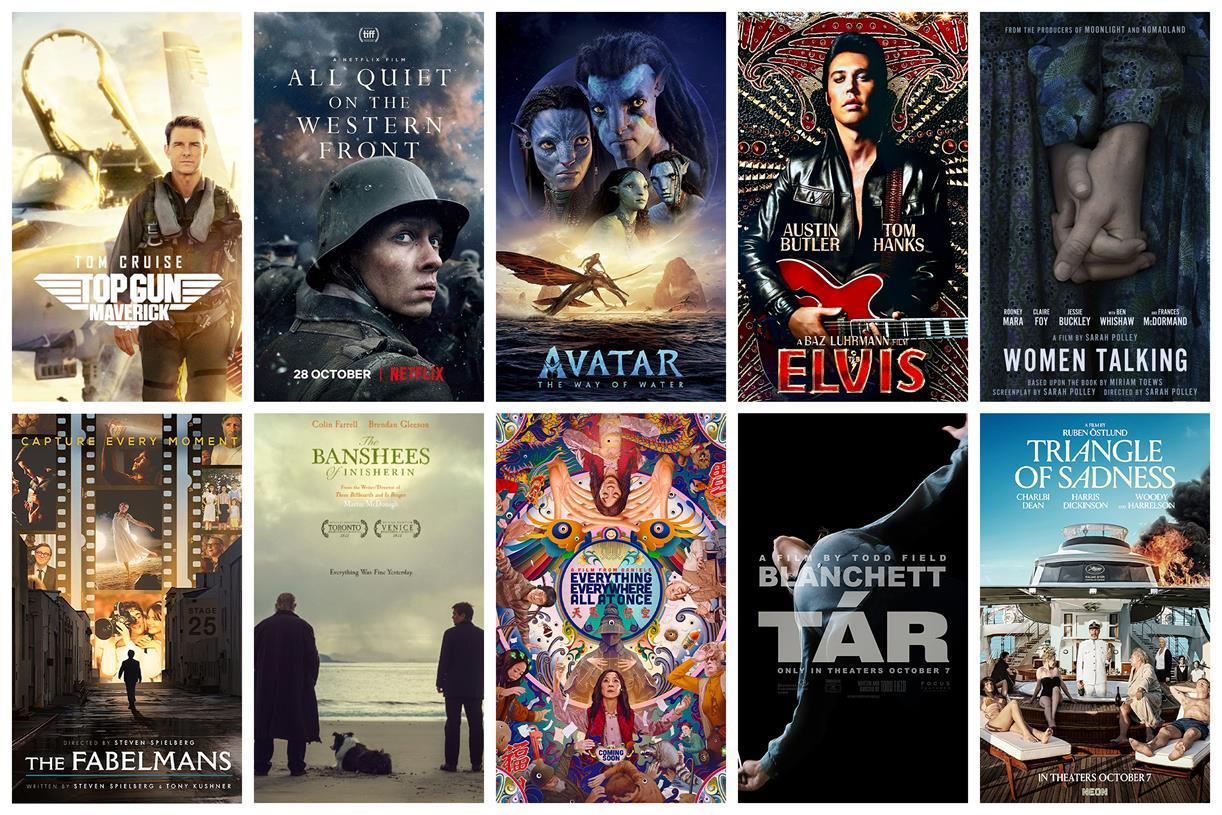Girls was one of the definitive TV shows of the 2010s. People are still rewatching it to this very day, and when the Lena Dunham-created TV show originally was on the air (from 2012 to 2017), it generated a lot of discussion.
One particular criticism the show faced early on was that its four leads — Lena, Allison Williams, Zosia Mamet, and Jemima Kirke — were all white.
Lena has a new show — the Meg Stalter-starring Too Much — premiering on Netflix on July 10, and in a recent interview with the Independent, she reflected on the diversity criticisms that Girls faced when it was originally on the air.
“I think one of the profound issues around Girls,” she said, “was that there was so little real estate for women in television [then] that if you had a show called Girls, which is such a monolithic name, it sounds like it’s describing all the girls in all the places.”
“And so if it’s not reflecting a multitude of experiences, I understand how that would be really disappointing to people.”
In the interview, Lena also said that she “liked the conversation” around Girls, and that it ultimately informed her approach to diversity on projects like Too Much.
“The thing I have really come to believe is that one of the most important things is not just diversity in front of the camera, but it’s diversity behind the camera,” she said. “As a producer, one of my goals is to bring a lot of different voices into a position where they can tell their story.”
You can read the entire interview here.
















